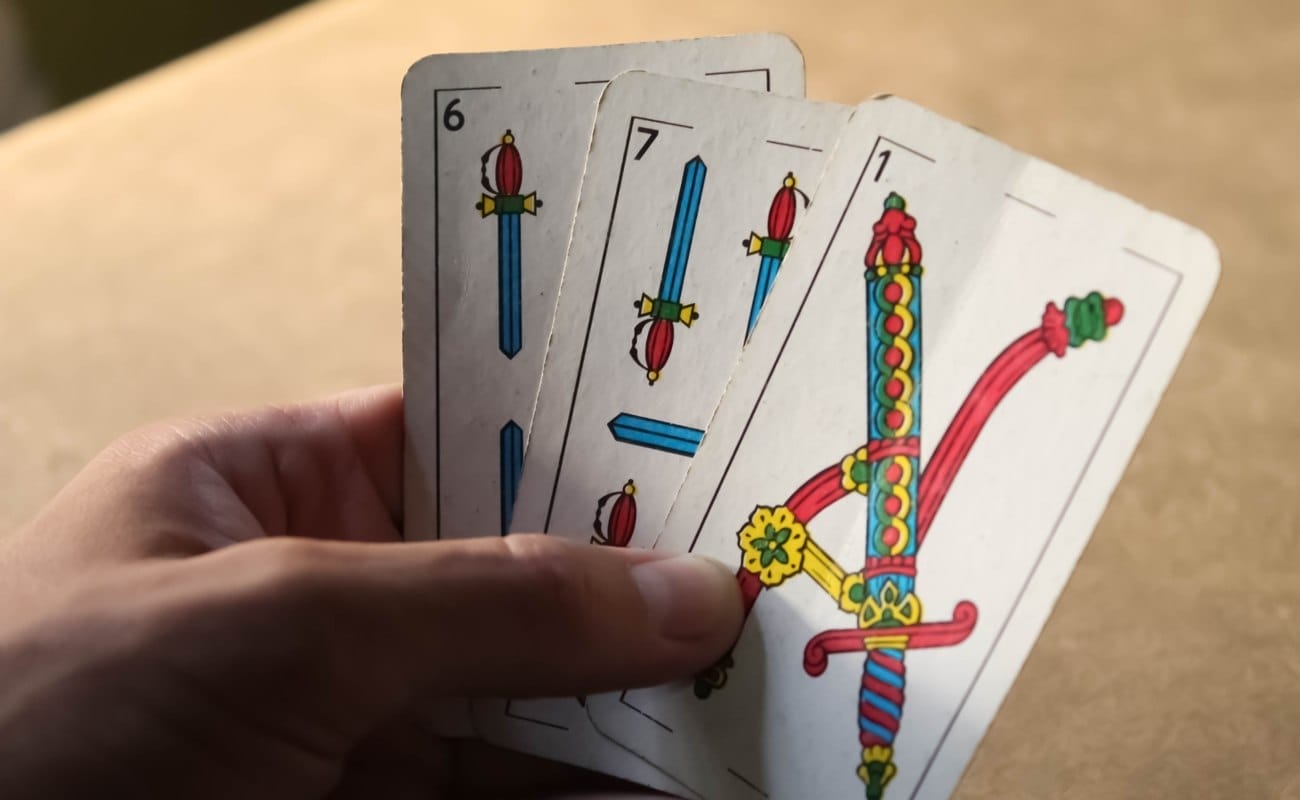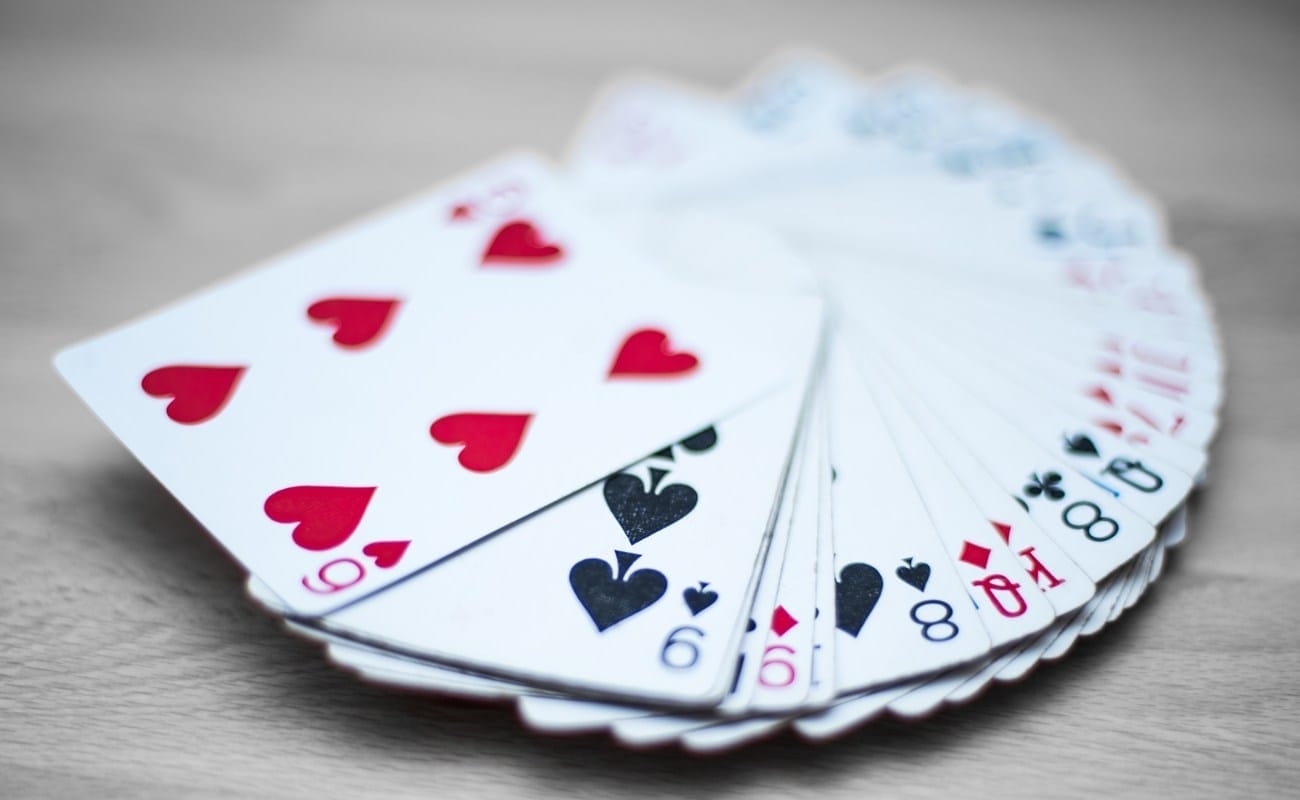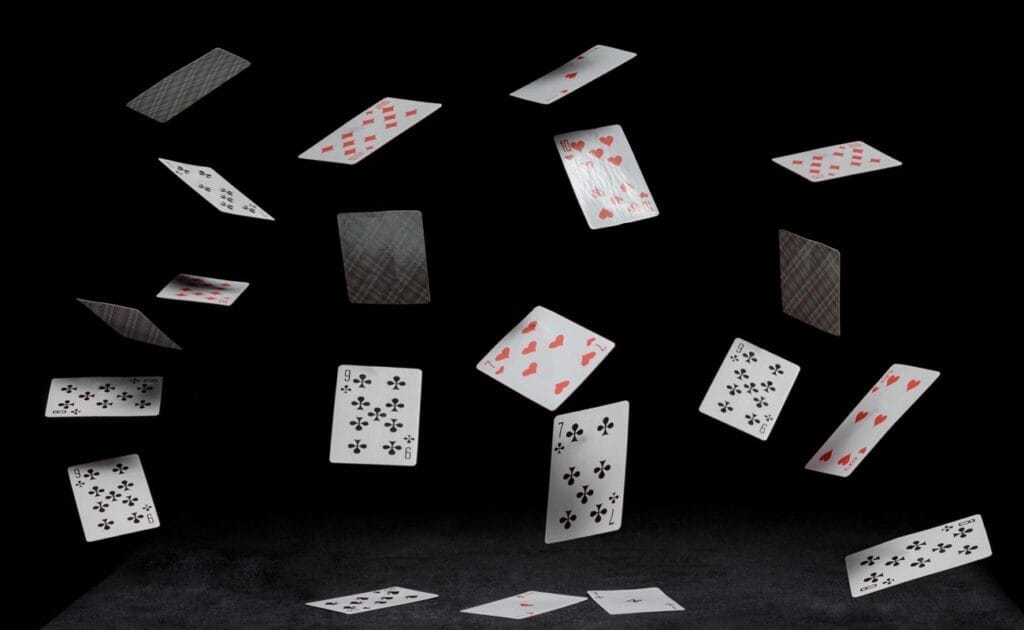
For centuries, playing cards have gained acclaim as a form of entertainment and become associated with the potential to win big. At face value, playing cards and their symbols might seem very simplistic, but in reality, there’s more than meets the eye. The next time you step into a land-based or online casino, know that there’s a deeper meaning behind playing cards. Keep reading to find out more.
Historical Roots of Playing Card Symbols
The debate on the true origins of playing card symbols is still ongoing. India, China, Italy, and Spain are among those credited with introducing what has become a worldwide phenomenon. Traces of playing cards exist as far back as the ninth century in China during the Tang Dynasty era, but it was only in the 14th century that the first records of playing cards were reported.
Over the years, playing cards have evolved to reflect various cultures and their beliefs, which is why different suites have also been introduced. Because of this, the answer to “What do the suits of cards represent?” isn’t straightforward. Today, the most familiar symbols are hearts, diamonds, clubs, and spades. However, past suits also had cups, swords, clubs, and coins.
How Different Cultures Influenced Card Symbols
All playing card symbols are rooted in one or more cultures and carry significance and meaning. The meaning of cards in a deck depends on which suits you’re playing with and from which era. The suits most commonly used today draw on elements from each of these, with various cultures leaving their imprint over the years.
While the Chinese are generally credited with the introduction of playing cards, the Europeans are known for transforming and standardizing modern suits. Germany played its part in offering variations of these, inspired by German culture, as well as the English. Japan is believed to have largely impacted the artistic design element of cards, which the U.S. further improved on and popularized.
The Evolution of Playing Card Suits Through the Centuries

The evolution of playing card suits is best represented in a timeline of the different cultures and their impact.
Latin Suits
In the 14th century, suits with swords, clubs, cups, and coins gained prominence in Italy and Spain, among other European regions. These suits have also inspired modern playing cards, as the Italian and Spanish words for “sword” are “spada” and “espada,” respectively. If you’re an avid card game player, you’ll likely be familiar with the ace of spades card, derived from the Latin suit.
Germanic Suits
Reflective of German life, the Germanic suit of cards from the 15th century had hearts, bells, acorns, and leaves.
French Suits
The French — also in the 15th century — introduced their suit of cards, which drew inspiration from the Germanic suits. The French took it a step further by being the first to split the card deck into red and black cards, permanently leaving their mark in the history of playing cards.
English Suits
Early in the 16th century, high taxes on cardmakers led to the French moving their operations to Belgium. This led to the English offering their take on the French suit of cards, resulting in the now-iconic combination of clubs, hearts, spades, and diamonds, which has become synonymous with games like live dealer blackjack, poker, and baccarat.
The American Contribution
The history of playing cards wouldn’t be complete without mention of America and its impact in standardizing the manufacturing process and cementing contemporary playing card design. Late in the 19th century, the U.S. made strides by creating a layout that would stick for centuries to come. Card corners didn’t always display suit and value; this was an American innovation aimed at allowing players to get a quick glimpse of their cards without entirely exposing them to opponents.
The Significance and Meanings Associated With Specific Symbols

A regular deck of cards has 52 cards, split into four suits and two colors (red and black). However, the motivation and meaning behind this is still widely contested. Some people believe that the four suits represent the four classes of medieval society, while others believe that they represent the four natural elements or seasons. Consensus on this is far from being reached.
The court cards, on the other hand, have a clearer story as told by French card makers. The kings are inspired by prominent rulers from history. Interestingly, the English ranking of the king and queen cards could be changed depending on the gender of the ruling monarch at the time.
Step Into an Exciting World of Gambling at Borgata Online
With your newfound knowledge of the meaning of card symbols, gameplay will never be the same again. Your deeper understanding of the choice of symbolism will let you see these cards beyond the surface level. So, if you’re ready to shuffle the deck to see what’s in store for you or spin the reels to success, simply register at Borgata Online.
